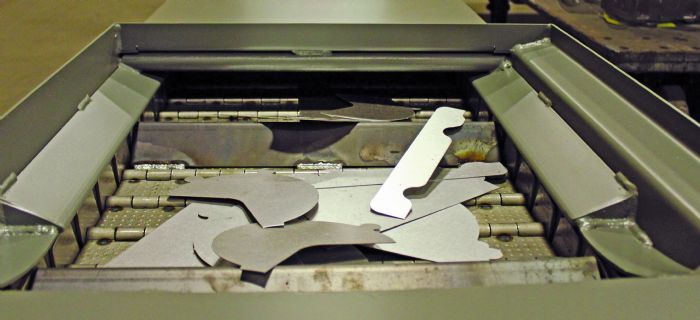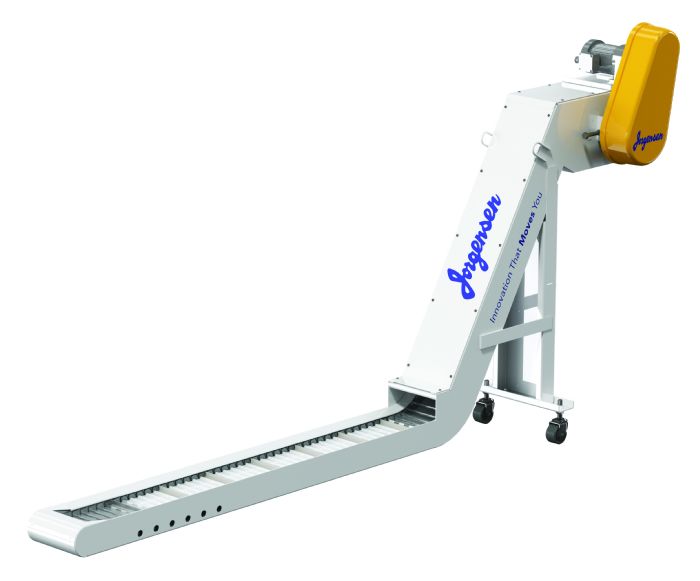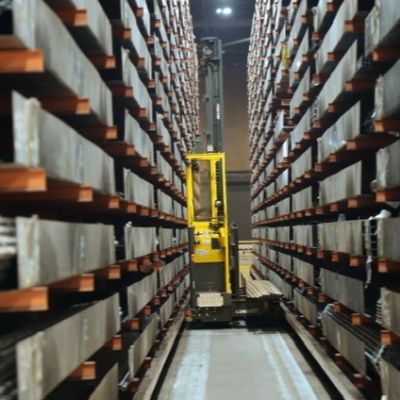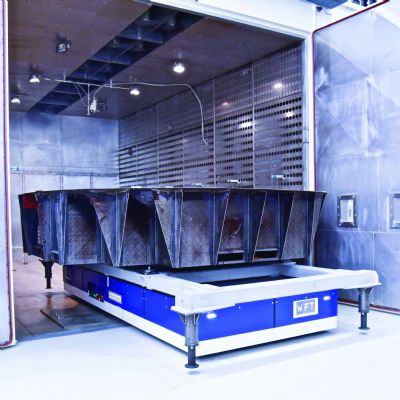Material Handling: Four Ways to Optimize Conveyor Performance
November 30, 2022Comments
Selecting the right equipment for the application, along with proper setup and maintenance, will keep conveyors running smoothly and in step with other production-line equipment.
The press gets the press. As the heart of a stamping line, this very much is true, while the same can be said of the main capital pieces on any fabrication or other manufacturing shop floor. While this equipment does receive the most attention, a production line is like a chain, with each individual link vital to that chain’s performance. The vital link we focus on here is the conveyor, courtesy of a discussion with Colin Reak, marketing communications manager at Jorgensen Conveyor and Filtration Solutions, a supplier to stamping, fabrication and other manufacturing operations.
 To ensure needed line productivity, conveyors must function in step with associated equipment and with processes upstream and downstream. Conveyor problems can shut down operations just as readily as press problems, but by following these four pieces of advice, conveyors dependably will move parts and scrap.
To ensure needed line productivity, conveyors must function in step with associated equipment and with processes upstream and downstream. Conveyor problems can shut down operations just as readily as press problems, but by following these four pieces of advice, conveyors dependably will move parts and scrap.
1. Mind the Maintenance
Belt tension is key to a properly performing conveyor, and should be checked regularly. An over- or undertensioned belt can increase wear, reduce productivity and increase likelihood of jams. It also will affect belt tracking, causing the belt to swing from side to side, for example, leading to part or scrap jams.
“General belt inspections help catch potential problems early,” Reak explains. “Any damaged/missing items or items displaying unordinary wear should be replaced, and the possible cause should be investigated.”
Belt-tension issues lead to more rapid component wear, which also should be monitored. This includes drive-motor and drive-gear inspections.
“As a conveyor ages, the sprockets running the belt may wear,” says Reak. “It is vital to inspect these items frequently, as if left unchecked such wear may reduce conveyor productivity.”
Also, gear boxes and bearings require periodic maintenance, including greasing of the bearings. Greasing locations typically are designed for accessibility to ease maintenance.







 Choose the correct conveyor for the application to boost performance and productivity.
Choose the correct conveyor for the application to boost performance and productivity.  Ideal conveyor performance, even with the best system supplied for the application, requires an effective layout and setup. This includes proper cleat spacing, belt pitch, apron-plate style and incline for the application.
Ideal conveyor performance, even with the best system supplied for the application, requires an effective layout and setup. This includes proper cleat spacing, belt pitch, apron-plate style and incline for the application.

